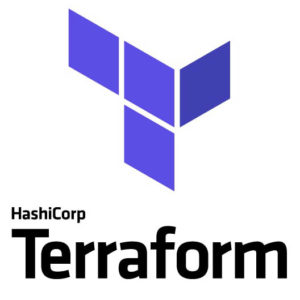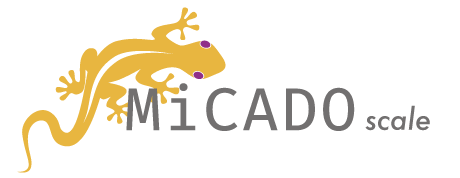
UPDATE! We just published the new MiCADOscale v0.9.0!
It comes along with some major changes that offers you a new set of opportunities! Looking for the summary of changes? Check it out -> "What's new".
Release in a nutshell:
- New Orchestrator: Terraform
- Improved credential handling (K8s Secrets)
- Improved Node Contextualization
Improved credential handling
We revised the credential handling of the MiCADOscale-Master-Node - now you can easily update it, even when the service is already running! The credentials are stored in Kubernetes‘s Secrets to make them more secure.
Improved Node Contextualization
Contextualization configurations can be added in the default cloud-init #cloud-config for worker nodes. Existing append functionality was extended to support configuration tasks which should precede the initialization of the worker node (joining the Kubernetes cluster, bringing up the IPSec tunnel, etc…).
New orchestrator: Terraform
The most important change is the introduction of Terraform as an additional orchestrator within MiCADOscale - Terraform compared to Occopus, has quicker reaction times as well as the execution times. The two orchestrators, Occopus and Terraform, can be also used in parallel - within one cloud infrastructure both of the orchestrators can be utilized to orchestrate different sets of nodes/workers. The update v0.9.0 includes Terraform Providers for Google Cloud, Microsoft Azure, OpenStack Nova and Amazon EC2, to connect with the infrastructures. The CloudSigma and CloudBroker cloud providers are supported by Occopus in the current release.
For other cloud providers, you can develop your own Terraform Provider (API) - Get more information on how to develop your Terraform Provider.

How to use Terraform in MiCADOscale
During deployment of the MiCADOscale Master via the Ansible Playbook you can enable Terraform in the micado-master.yml playbook configuration file. The MiCADOscale Master is configured via an Ansible Playbook, which automates the setup of the master node infrastructures and systems. When deploying an application, an ADT appropriate to the desired cloud should be used and the interface for the worker node should be set to Terraform. The ADT is written in YAML and based on TOSCA and describes the application and cloud resources to be deployed with MiCADOscale.

